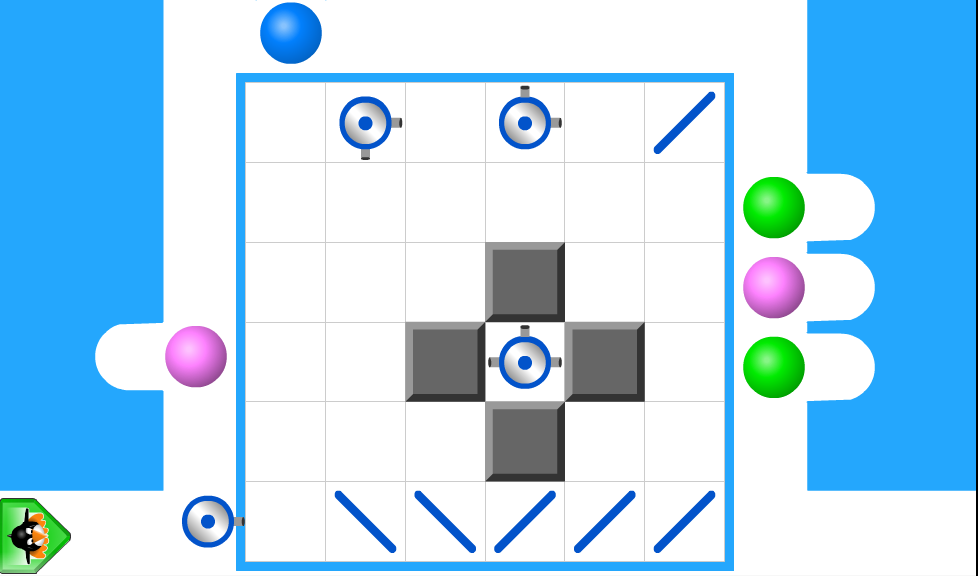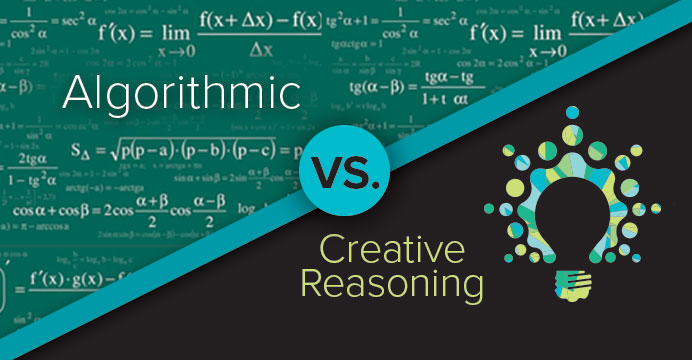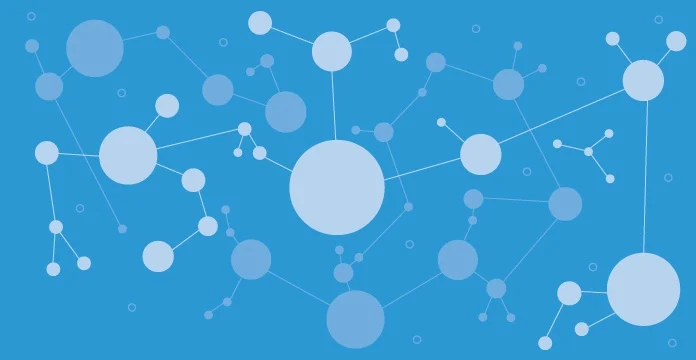At MIND, we’re passionate about transforming the way math is taught and learned. Today, we’re diving into a topic that resonates deeply with all educators: those amazing aha moments when students finally get it, and everything just clicks.

I thought I was doing so well! I’d been teaching High School Math in Los Angeles for about two years and I was excited because today I was going to derive the equation of an ellipse. Mathematically, this is where the connections between geometry, algebra and trigonometry really kick in. I covered the boards with math symbols, expecting to see the class awestruck by the beauty of what had just unfolded in front of them.
Instead, at least half of them were asleep. It was a sobering moment. I realized the hard way, that the only person doing much learning in this classroom was me. That moment became one of my biggest aha moments—if the students aren’t engaged in the struggle and the journey, there is no real learning. The aha moments needed to belong to the students, not to me.
The Power of Active Learning
On our best days, we may strive to be more like great coaches: encouraging students to take risks, make mistakes, and think creatively through why something worked or failed. However, the reality is that most classrooms today still rely on rote memorization and applying rules without context, a method that we now know doesn’t work. In fact, it absolutely misses the point.
How Learning by Doing Builds Schema
Experiencing those aha moments is the most effective way students build neural pathways enabling them to think creatively and find new solutions. And major universities are finding our K-12 graduates sorely lack the skills indicative of future creativity and innovation in most career fields, especially STEM opportunities.
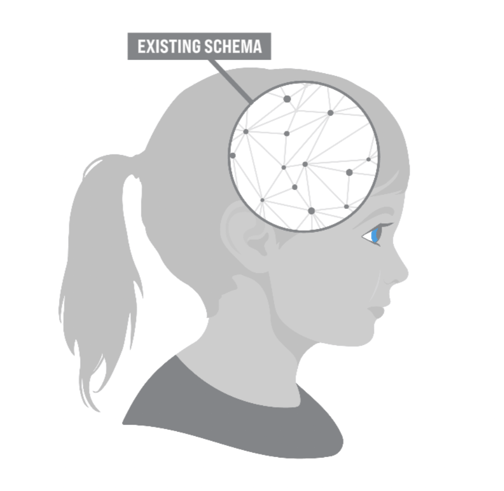
When students experience an aha moment, their brains form new connections, or schemas. Strong schemas are adaptable and can be applied broadly and logically (Baroody et al., 2004), allowing students to use their knowledge creatively. In contrast, weak schemas lead to difficulty applying concepts in different contexts.
For example, a student with a weak schema might understand a basic math concept but struggle to apply it in different contexts. In contrast, a student with a strong schema can see the relationships between concepts and use their knowledge flexibly and creatively.
In other words, you can’t just push information into students’ brains. They need to learn by doing, and making connections on their own.
Goodbye Direct Teaching, Hello Active Learning
In my last blog, I recommended educators become more like coaches, “skillfully allowing kids to struggle, make mistakes, and immediately provide formative feedback asking them: “What do you think you could have done differently? OK, now try that.” Active learning involves: productive struggle, creative reasoning, formative feedback, student engagement, and mathematical discourse. This means a math class should be full of discussion, experimentation, and trial and error, with teachers guiding the process and challenging students with questions.
3 Ways to Get Started Today
Here are three activities to help you create those aha moments:
- The Four 4s Activity In this activity, students have four 4s and create all the numbers they can with the four 4s. This exercise is ideal for third and fourth-grade students.
- How many ways to make 1½? Encourage students to find many ways of decomposing and composing a set of visual fraction pieces to create 1½. Quick Teacher Notes.
- Visual puzzle based problem solving This puzzle sequence starts very simply but gets deceptively tricky very quickly. Students of all ages can engage with this and try to figure it out!
Put your students in small groups and allow them to work together to find solutions, brainstorm ideas, and outdo their fellow classmates. Watch your classroom buzz with ideas, student discussion, and enthusiasm for. . . math. . . yes, math.
Creating Aha Moments for Every Student, in Every Classroom
With a few changes in teaching approach, these new ways of teaching math can be done at scale. Texas and many other states have successfully integrated active learning at scale using ST Math. Christie Burns, the digital coach at OA Fleming, an early education campus, said, “students are more willing to try again and work through it if they don’t succeed. I really see growth in our students in their ability to persevere and work their way through problems.”
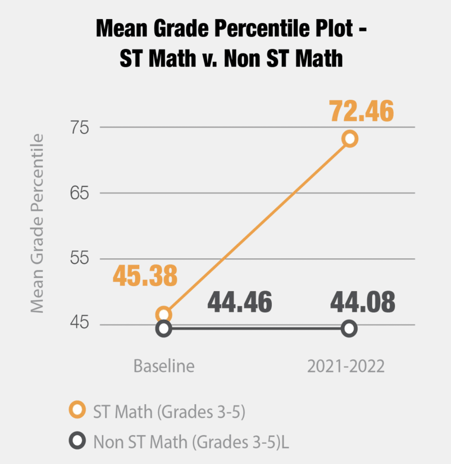
Dan Crispino, director of school leadership at Connecticut’s Meriden Public School district observed that students are working together and writing out how to solve different math problems. “I’m in awe of watching and listening to those conversations. And in math, the fact that they’re going through the process and building conceptual understanding has been a beautiful thing to see.”
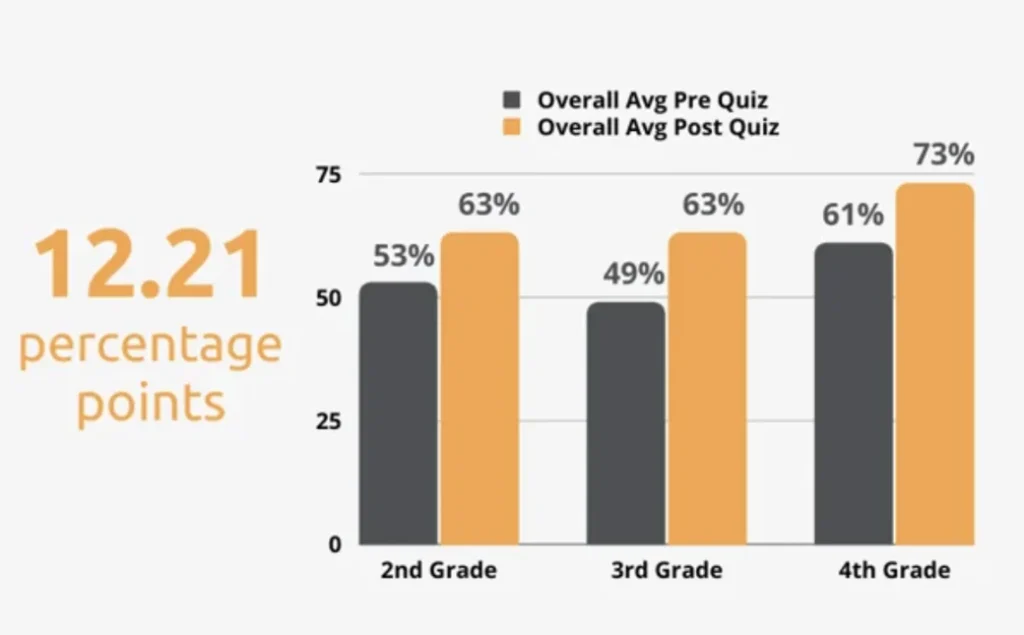
Follow MIND on MA+H
Learn more about how schools are shifting to a new way of teaching math as we explore transforming math education and building the problem solvers of tomorrow.
And be sure to see the previous blogs in this series “Rethinking Math Education.”

